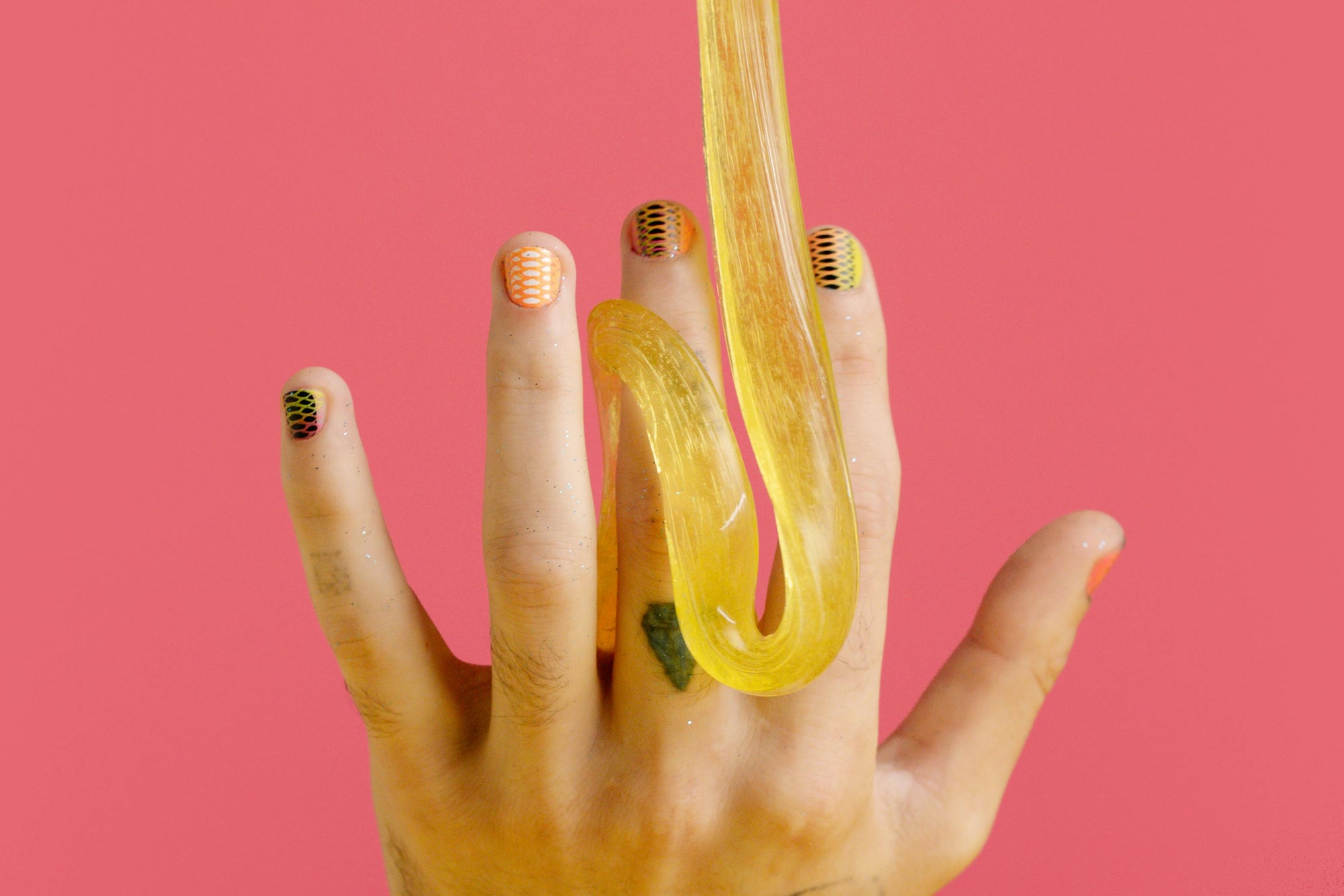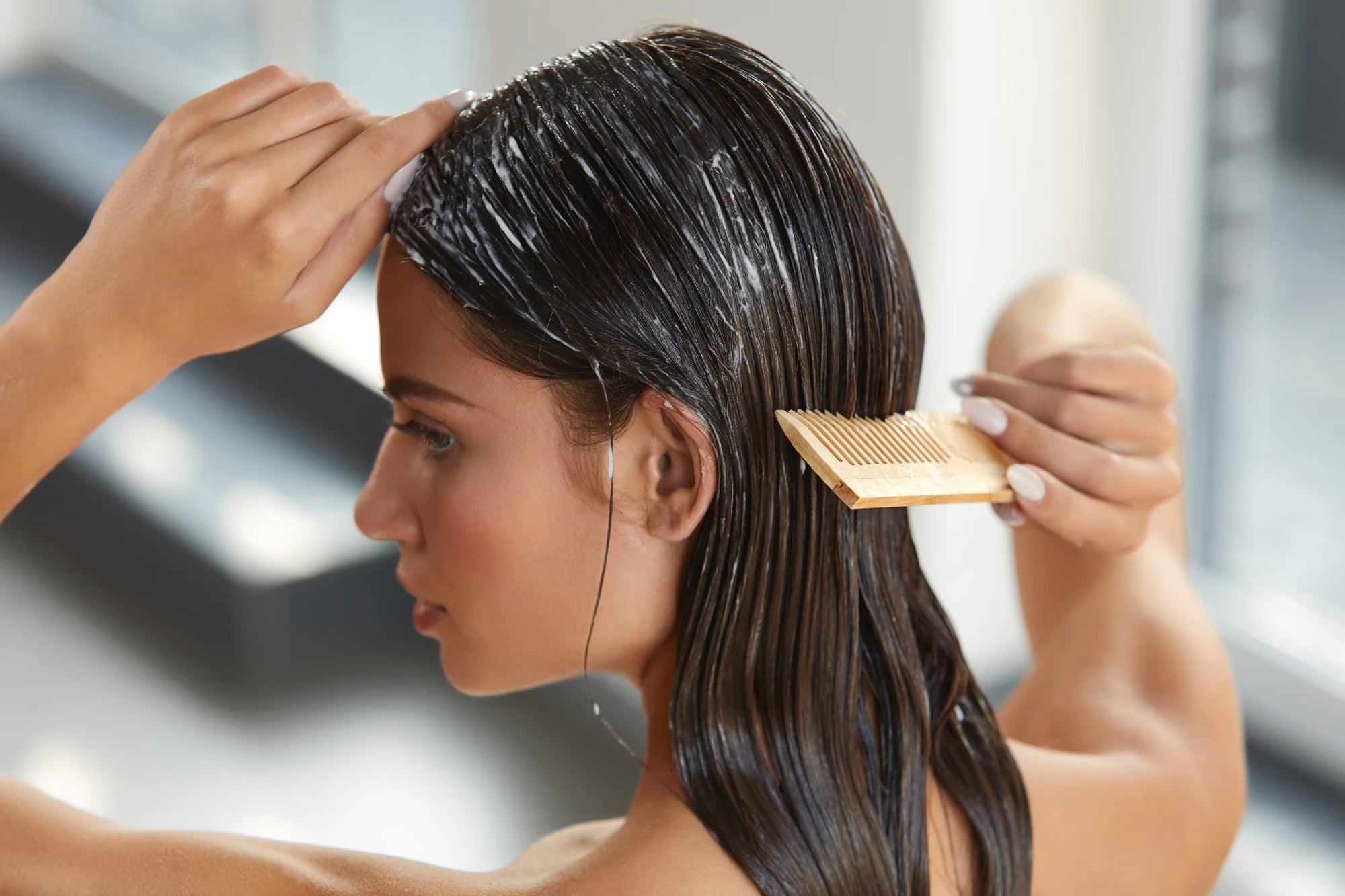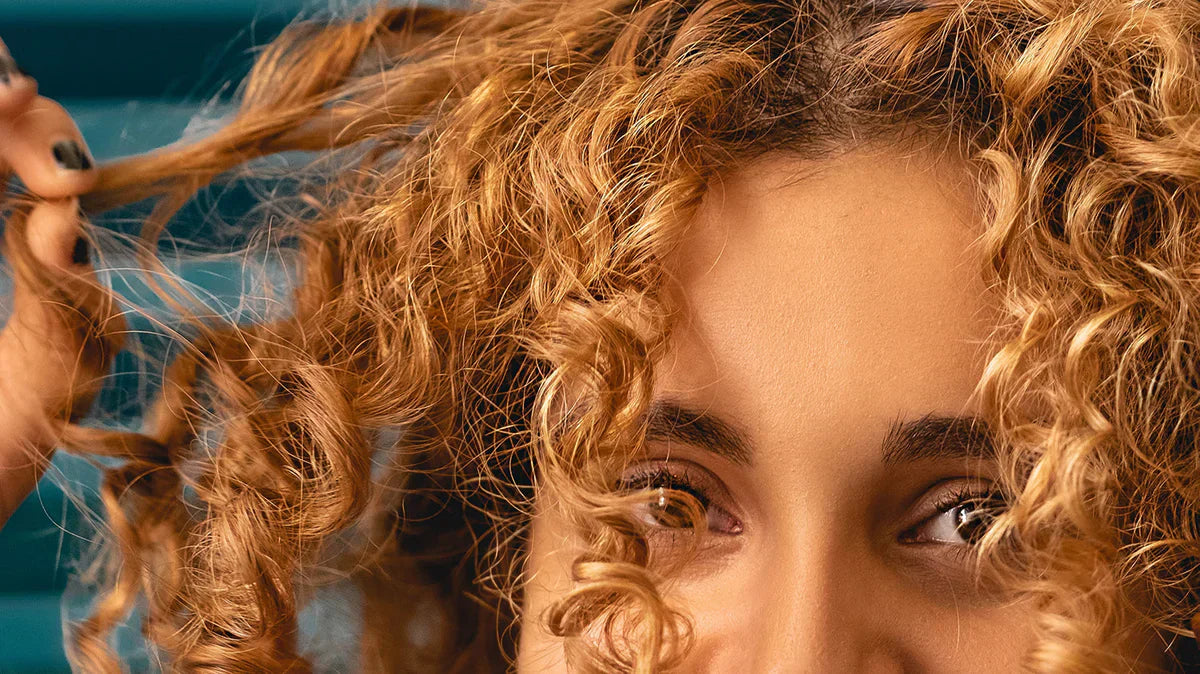Gel polish is loved for its glossy finish and long-lasting effect, but careless removal can leave nails severely damaged. Unlike ordinary polish, gel is sticky on the nail plate and is cured with UV or LED light so it cannot be removed by regular polish removers. Peeling, scraping or over-filing of gel polish strips away top layers of your natural nails which leads to thinning, breakage and white spots. This guide teaches you how to remove gel polish safely and effectively at home without harming your nails. You'll find the most crucial steps, including prepping, soaking and aftercare, as well as the best tools and moisturizing products to use. With the right technique and correct formulas for nail care from Beauty Market Online, you'll be able to maintain the health of your nails and keep them strong in between manicures.
Why You Shouldn’t Peel or Pick Gel Polish Off
A single session of inappropriate removal requires 6 months of healing, depending on the speed of nail growth. This is especially common in those with naturally weak or thin nails, where even minimal trauma results in major setbacks. Peeling also tends to lead to infection by providing small tears or points of entry along the nail bed. That is why professional or well-directed in-home removal is crucial to long-term nail well-being and maintaining your nail shape and strength intact. Picking at gel polish removes more than just color—it peels off part of your nail plate and the damage tends to be cumulative. This leads to
-
Thinner nails that bend and split easily
-
Painful sensitivity when exposed to water or air
-
Uneven nail texture that takes weeks to recover
What You’ll Need for Safe Gel Polish Removal
Before you begin, gather these essentials:
-
100% acetone (not regular polish remover)
-
Nail file or buffer
-
Cotton balls or pads
-
Aluminum foil or nail clips
-
Cuticle pusher or orangewood stick
-
Cuticle oil or nail serum
-
Nail strengthener or moisturizing hand cream
Use PRO NAIL Non-Acetone Nail Polish Remover; it is formulated to provide maximum strength without the brutality of acetone. This salon-quality formula easily strips nail polish without damaging natural and artificial nails. Its non-drying nature keeps your nails healthy and moisturized with each application.
Step-by-Step Guide to Remove Gel Nail Polish at Home
1. Gently File the Topcoat
Use a coarse file (180-grit) to crack the topcoat seal. File only enough to take away the shiny layer. This ensures that the acetone penetrates well without saturating for so long.
2. Soak Cotton with Acetone
Soak 100% acetone-cotton balls or pads in it. Position them on every nail, and cover the fingertips with foil or reusable nail clips. This is done to prevent evaporation and ensure proper soaking.
3. Wait 10–15 Minutes
Leave your nails to soak for at least 10–15 minutes. Test one nail to check if the polish is coming off. If it is not yet loose, let it sit longer.
4. Gently Push Off the Gel
Carefully push the softened gel off the nail surface with a rubber pusher or wooden cuticle stick. Never scrape or force it—this will strip the natural nail of layers.
5. Buff and Smooth
Once the polish is removed, gently buff the surface to remove residual residue. Don't overbuff. Finish with a moisturizing hand cream and nail oil to recondition the nail plate.
Alternative Removal Options When Acetone Isn’t Preferred
While acetone is the most effective remover, it can dry out nails and skin. If you have sensitive skin or want gentler options:
-
Steam Removal Kits: These devices use warm vapor to soften the polish. Place fingers inside the steam chamber for 10–15 minutes. Once softened, gel can be gently pushed away without harsh scraping. This method is great for minimizing skin dryness.
-
Non-acetone Gel Removers: These use less aggressive solvents and take more time—typically 20–30 minutes. However, they are ideal for those with dry or eczema-prone skin.
-
Peel-off Base Coats: These are applied under gel polish before the manicure. When it's time to remove it, the gel lifts off easily without acetone. Great for short-term wear or sensitive nails.
Use PRO NAIL's Milky Base Coat; this silky, fortifying formula is specially designed to prepare your nails for a long-wearing manicure while guarding against chips and breakage. It's both a base and hardener, which aids in strengthening brittle nails and maintaining your polish looking new for longer. No matter if you're giving a fast polish tweak or a do-it-yourself salon-quality mani, every coat counts thanks to this base coat. Launch strong, remain flawless.
Post-Removal Care to Keep Nails Healthy
Nails are porous and weak when gel is removed. At this point, they become dehydrated and lose flexibility, leading to splits or peeling. Adequate aftercare not only rehydrates them but also fortifies the nail matrix to get ready for the next application or growing a natural nail.
To support recovery:
-
Apply cuticle oils (e.g., jojoba, vitamin E) daily to maintain flexibility and prevent brittleness.
-
Use biotin- or keratin-based strengthening serums to rebuild protein structure over time.
-
Hydrate with rich nail masks or butter-based creams to replace lost moisture.
-
Avoid water exposure or detergents for the first 12–24 hours after removal; wear gloves when cleaning.
-
Trim and shape nails weekly to reduce the risk of snags and splitting.
Revive dry, fatigued cuticles with PRO NAIL's Cuticle Revitalizing Oil — a professional-grade treatment that brings salon-quality care to your home. Infused with moisturizing almond and peach oils, it intensely hydrates, softens, and fortifies nails and cuticles. The light, quick-absorbing formula is easy to use every day, leaving your nails healthier and smoother. Ideal for replenishing moisture and encouraging natural nail growth, this oil is your solution for a clean, polished look — no appointment required.
Tips to Reduce Damage From Frequent Gel Use
Gel polish is long-lasting, but frequent application without breaks can lead to weakened nails, discoloration, and dehydration. Protect your nail health by following these practical tips:
-
Limit gel manicures to once every 2–3 weeks to give nails time to recover.
-
Take a full break from polish every 6–8 weeks to allow natural restoration.
-
Always apply a protective base coat before gel application to shield the nail plate.
-
Choose soak-off gel formulas over hard gels, which require harsher removal methods.
-
Apply cuticle oil and nail serum nightly—especially during sleep when cell renewal peaks.
-
Use SPF on hands before curing under UV lamps to protect skin and cuticle area.
Conclusion
Gel polish offers durability and shine, but removal requires care. Peeling or rushing through the process weakens nails, while proper removal keeps them strong, smooth, and ready for your next manicure. By following each step and supporting your nails with hydrating and strengthening products from Beauty Market Online, you can enjoy gel polish without compromising nail health.
FAQs
1. Can I remove gel polish without acetone?
Yes, but results are slower. Use steam removers or non-acetone gels and follow with moisturizing treatments.
2. How long should I soak my nails in acetone?
10 to 15 minutes is typical. Over-soaking can dry nails and skin.
3. Why does gel polish damage my nails?
Improper removal—not the polish itself—is the main cause. Picking, scraping, or over-filing harms the nail plate.
4. How can I protect my nails after gel removal?
Use cuticle oil, apply strengthening serums, and avoid polish for at least a few days.
5. Is it okay to reapply gel polish immediately?
It’s better to let nails rest 3–5 days and nourish them first with oils and masks.



